When planning a trip, most travelers tend to choose popular destinations brimming with tourists. However, for those seeking unique experiences away from the crowds, there are countries that remain largely unexplored and off the beaten path. These least visited countries offer an array of hidden gems, from pristine beaches and stunning landscapes to rich cultural traditions and historical sites. Exploring these lesser-known destinations can provide an unforgettable journey filled with discovery and adventure.
Tuvalu
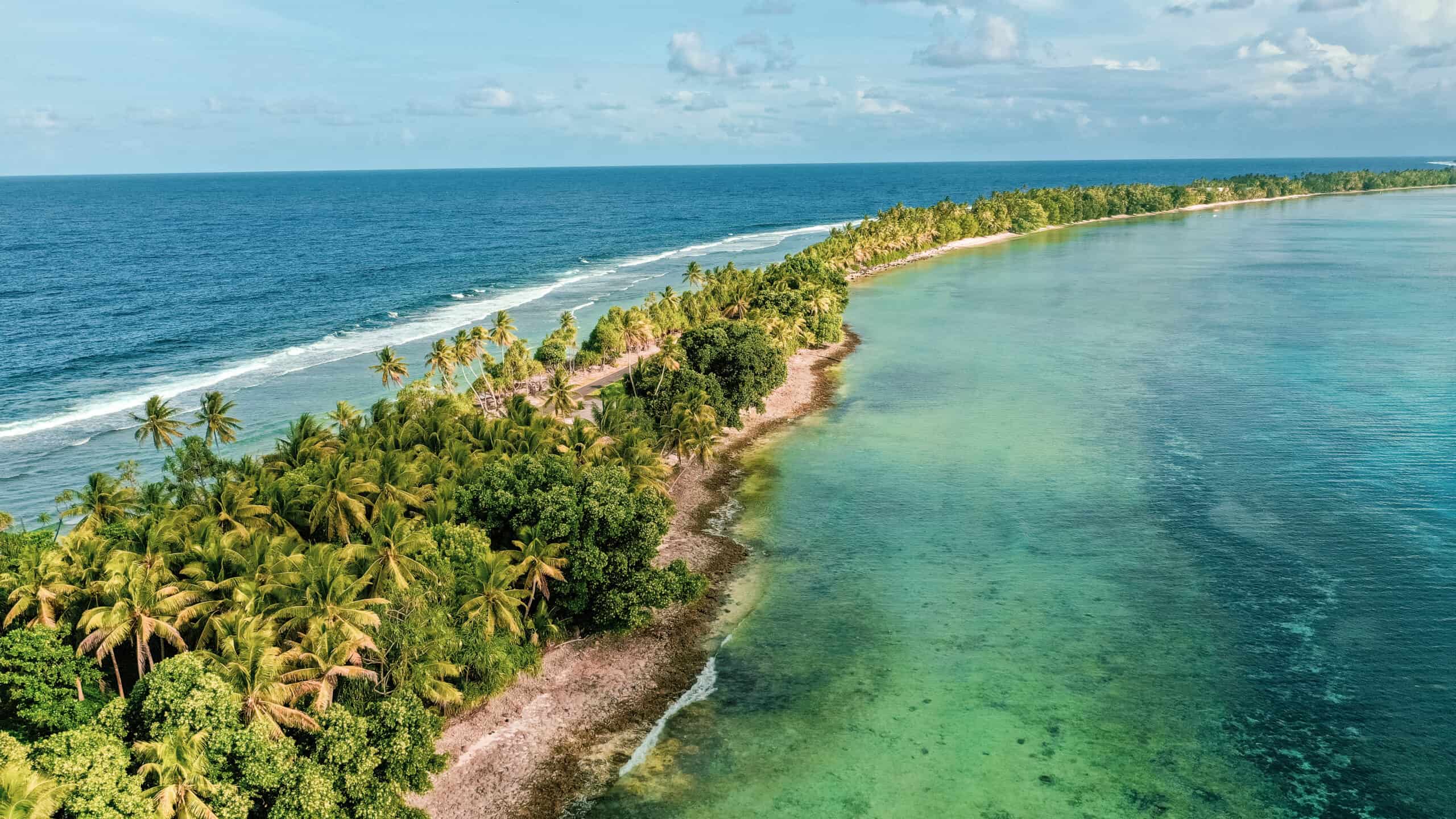
Tuvalu, a remote island nation in the Pacific Ocean, sees fewer than 2,000 visitors annually. Its isolation and limited infrastructure contribute to its low tourist numbers. Despite this, Tuvalu offers pristine beaches, vibrant marine life, and a unique Polynesian culture. Travelers can experience traditional dances, explore the Funafuti Conservation Area, and engage with friendly locals.
Kiribati
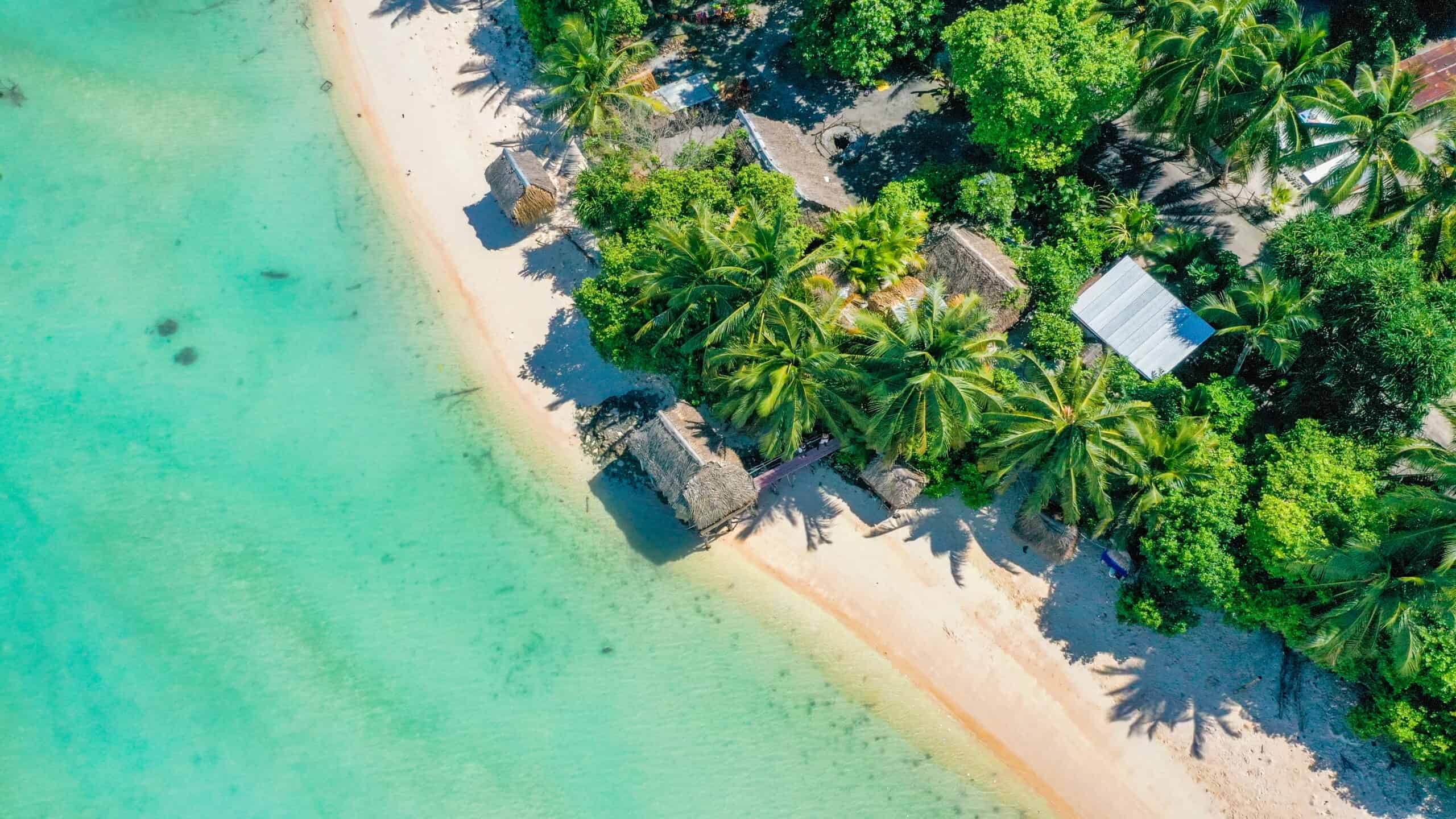
Kiribati, scattered across the central Pacific, is known for its stunning atolls and lagoons. Its geographic spread and limited accessibility deter many tourists. Those who make the journey are rewarded with serene beaches, rich history, and the chance to witness the effects of climate change firsthand. The Kiribati culture is deeply rooted in the ocean, with fishing and sailing playing central roles.
Equatorial Guinea
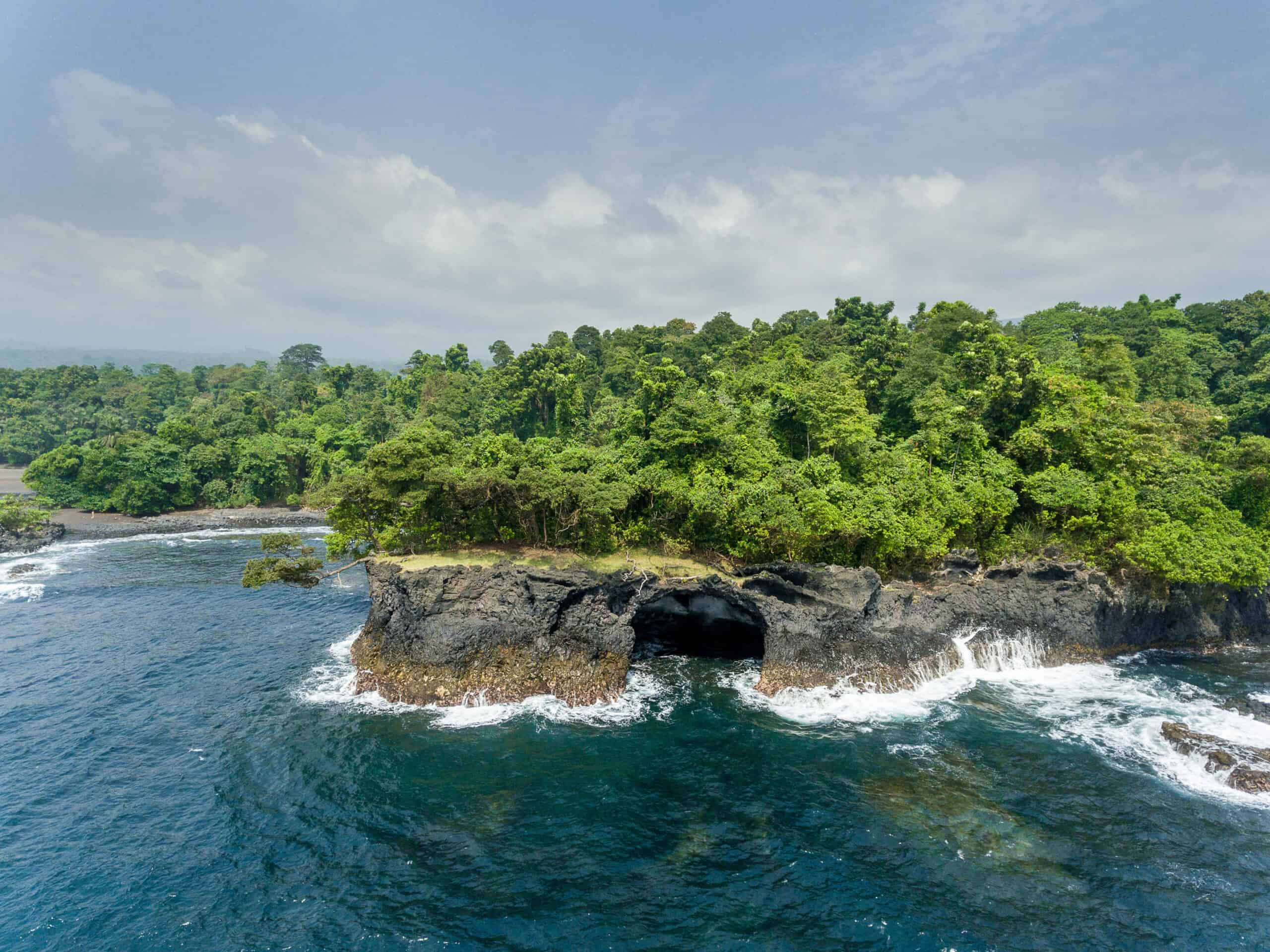
Equatorial Guinea, situated on the west coast of Central Africa, remains one of the least visited countries due to its challenging visa process and limited tourism infrastructure. This nation boasts dense rainforests, beautiful coastlines, and rich biodiversity. Malabo, its capital, offers colonial architecture and a vibrant cultural scene, while Bioko Island provides opportunities for wildlife viewing.
Marshall Islands
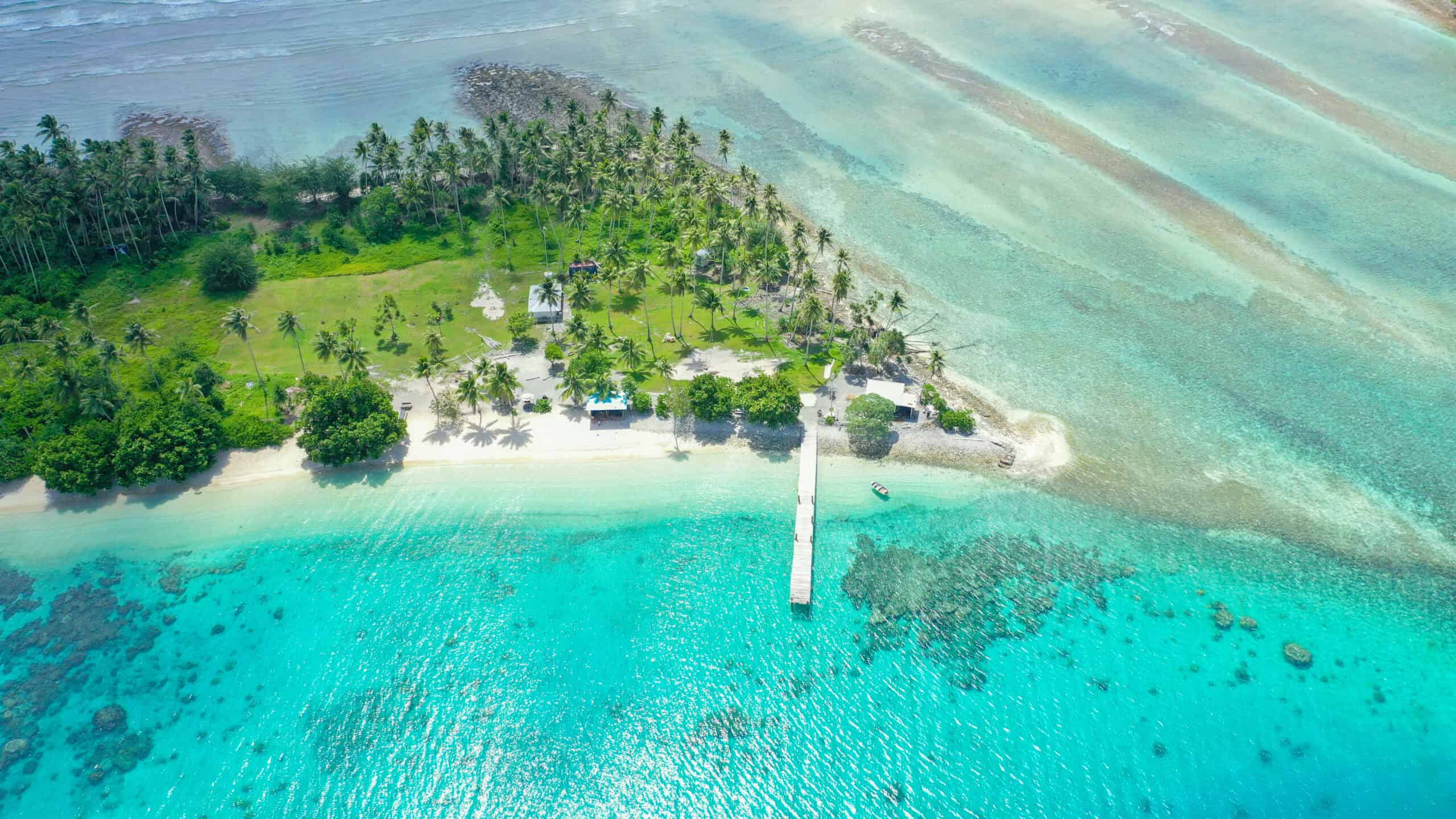
The Marshall Islands, located in the central Pacific, attract only a small number of tourists each year. Its remote location and limited tourist facilities keep visitor numbers low. The islands are renowned for their crystal-clear waters, excellent diving spots, and World War II relics. Visitors can explore the atolls, interact with friendly locals, and learn about the island’s unique culture and history.
South Sudan
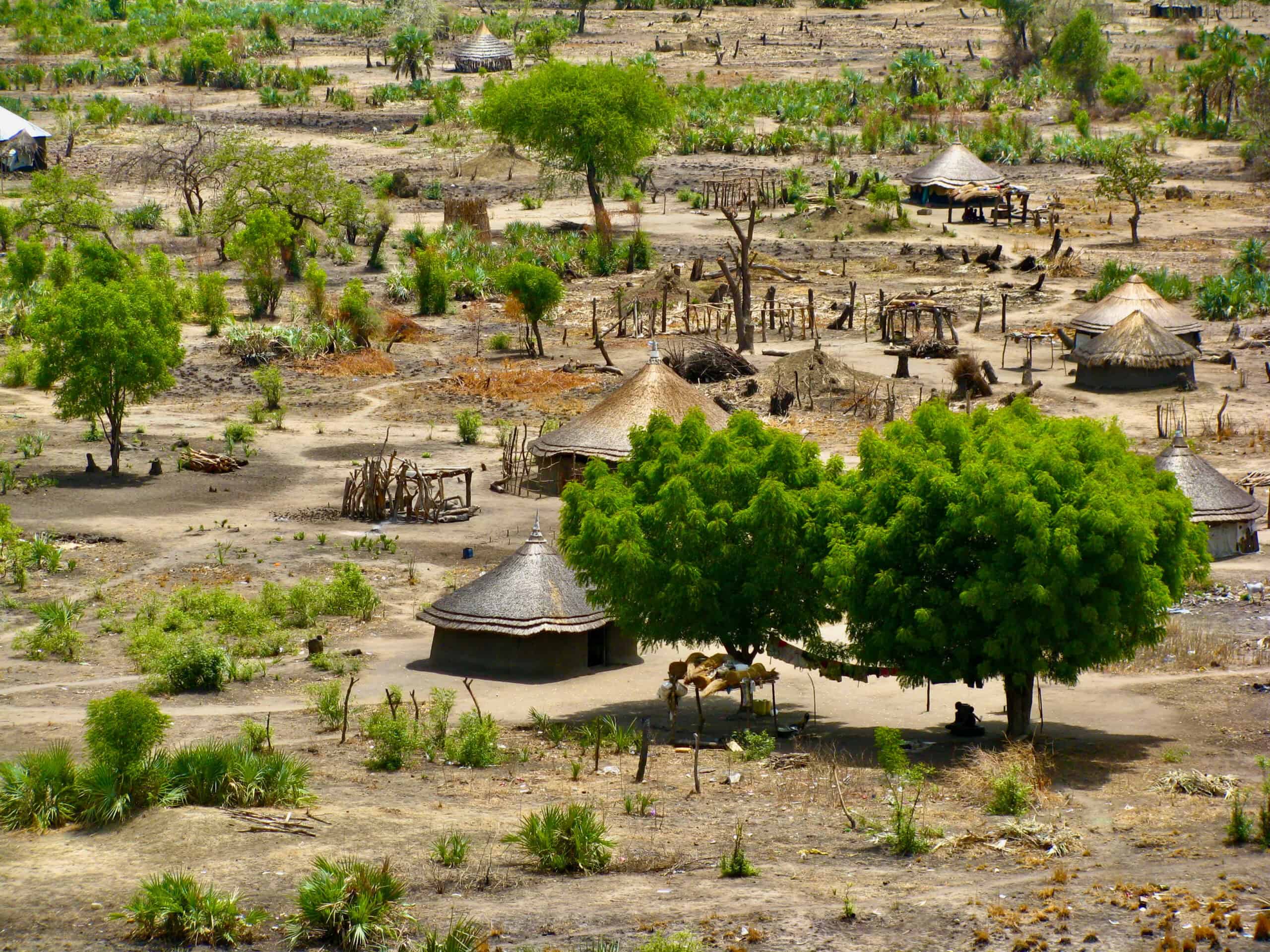
South Sudan, the world’s newest country, is seldom visited due to its recent history of conflict and instability. However, for the intrepid traveler, South Sudan offers stunning landscapes, including the Sudd, one of the world’s largest wetlands, and Bandingilo National Park, home to diverse wildlife. The cultural diversity of its people and their traditional lifestyles also provide a unique experience.
Nauru
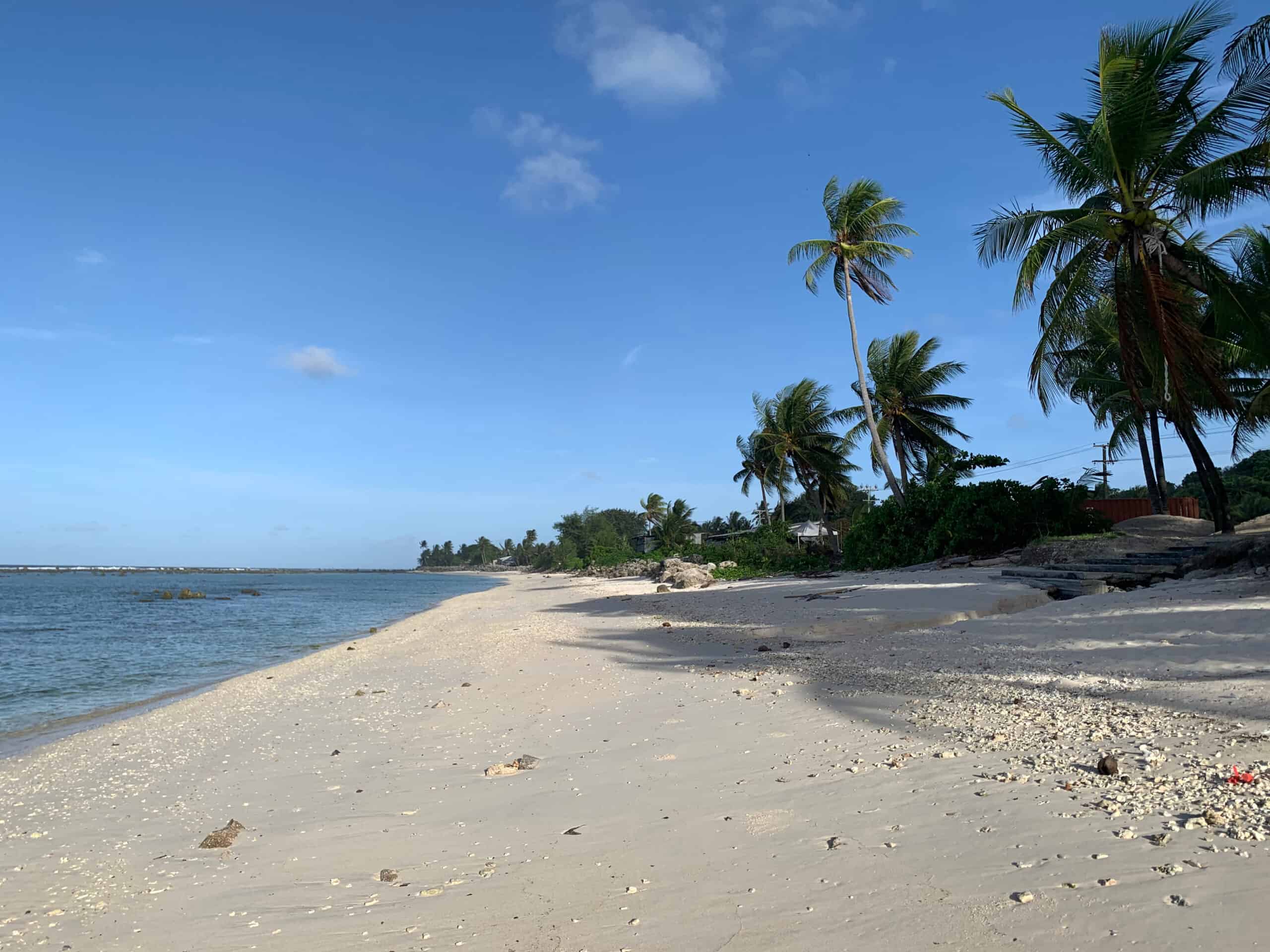
Nauru, the third smallest country by land area, receives very few tourists annually. Its remote location in the Pacific and limited infrastructure are significant deterrents. Despite this, Nauru offers interesting phosphate mining history, unique limestone pinnacles, and a warm, welcoming community. The island’s natural beauty and tranquility make it a hidden gem for those seeking solitude.
Libya
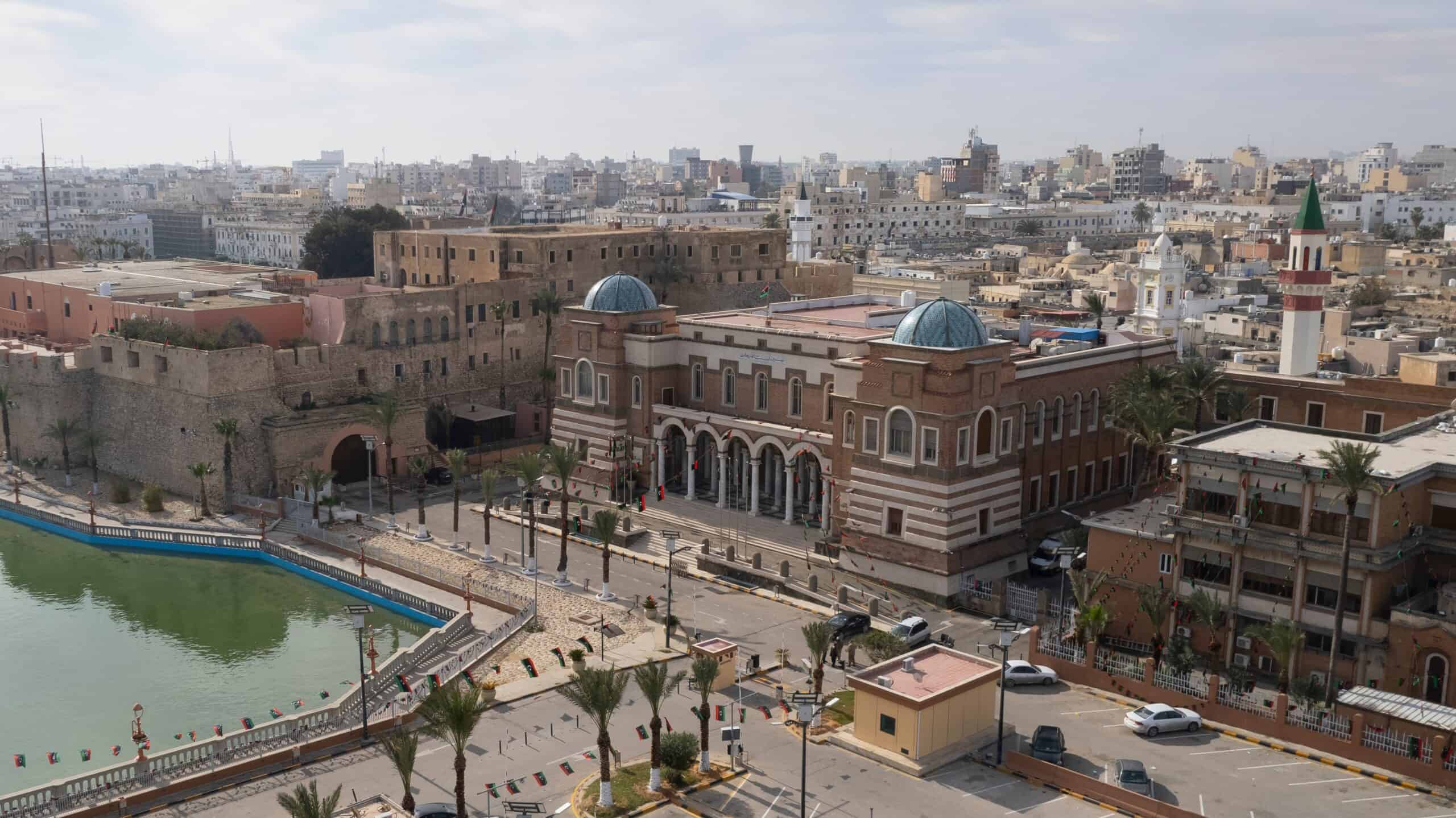
Libya, with its rich history and archaeological treasures, remains off the beaten path for most tourists due to political instability and safety concerns. The country boasts ancient Roman ruins, such as Leptis Magna and Sabratha, as well as vast desert landscapes. For those who venture here, Libya provides a glimpse into ancient civilizations and a unique cultural experience.
Sao Tome and Principe
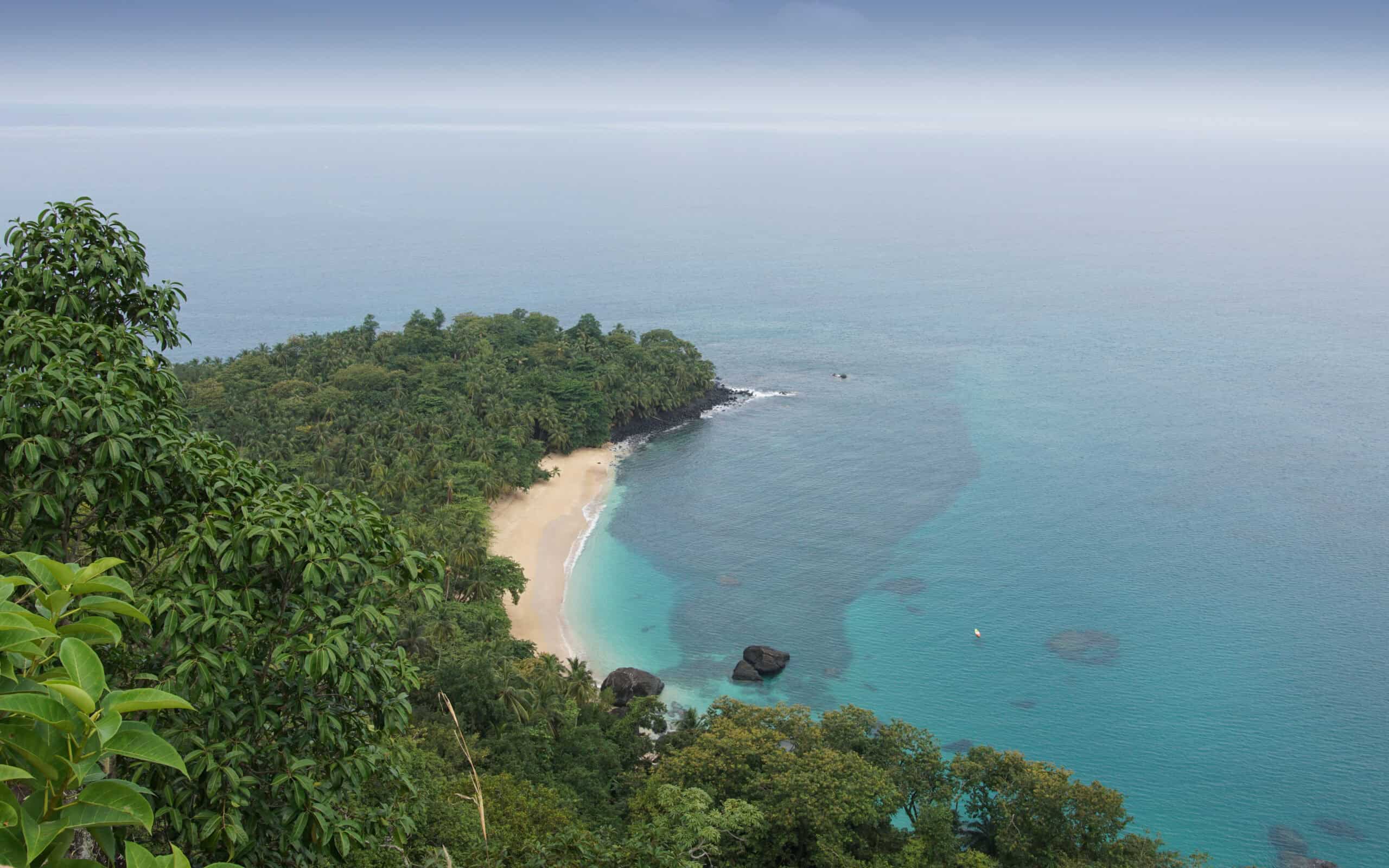
Sao Tome and Principe, an island nation off the coast of Central Africa, is often overlooked by travelers. Its low visitor numbers are due to its relative obscurity and limited flight connections. The islands offer lush rainforests, beautiful beaches, and rich biodiversity. Cocoa plantations, colonial architecture, and vibrant local culture add to its charm, making it a paradise for nature lovers.
Comoros
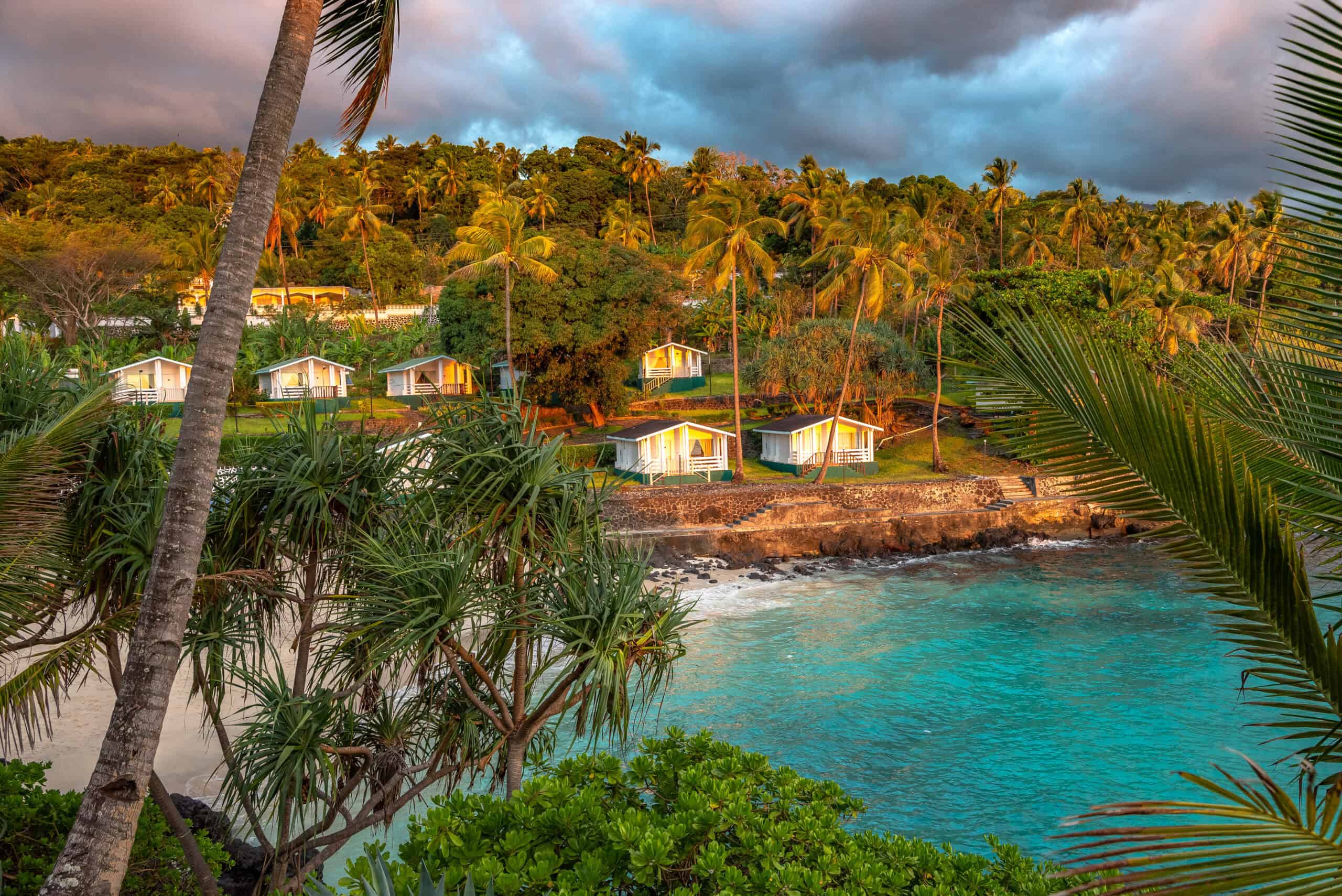
The Comoros, located in the Indian Ocean, attract few tourists due to limited infrastructure and political instability. This archipelago is known for its volcanic islands, pristine beaches, and rich marine life. Visitors can explore the capital, Moroni, with its vibrant markets and historic medina, or enjoy the natural beauty of Mount Karthala and the surrounding areas.
Solomon Islands
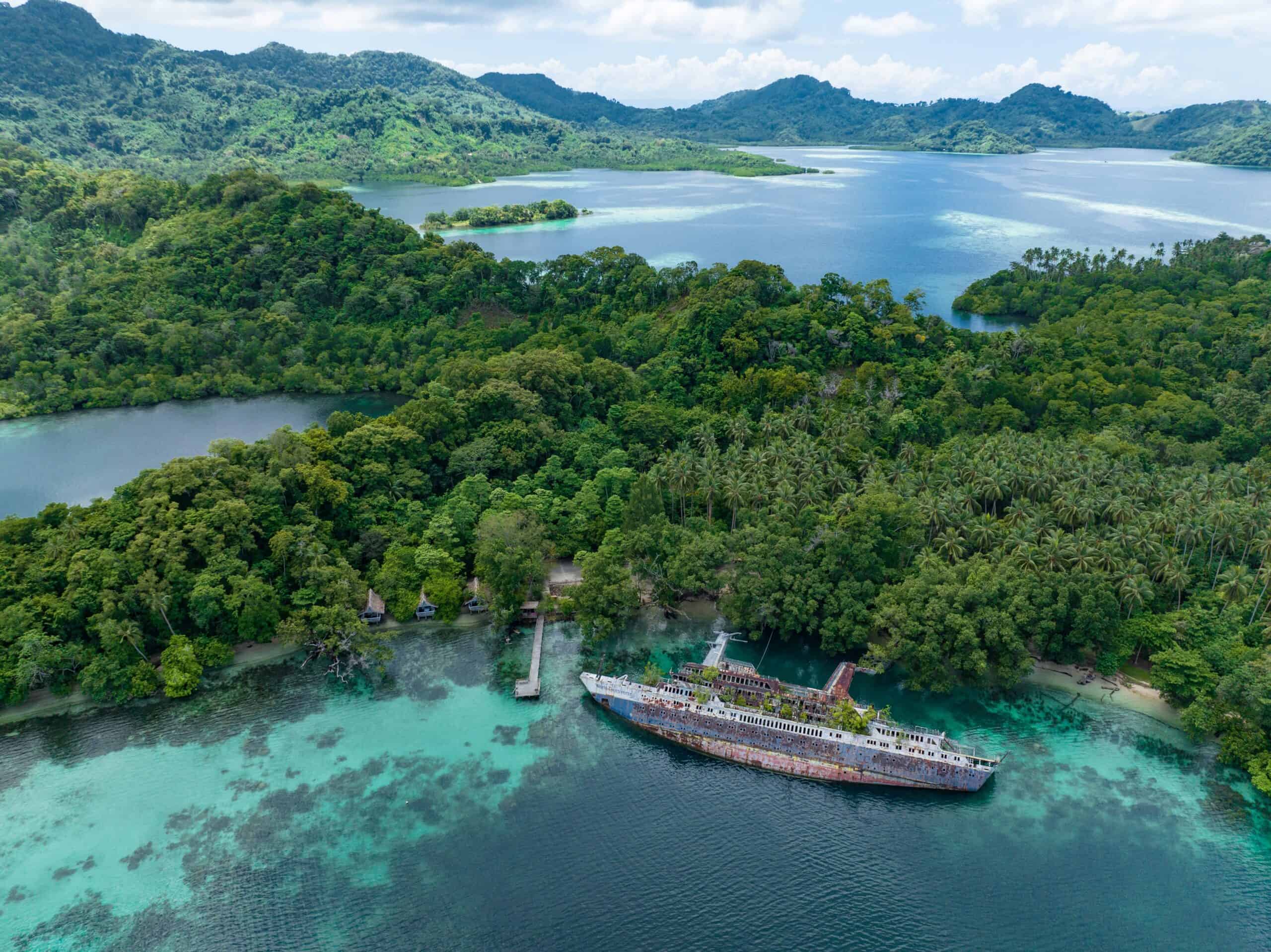
The Solomon Islands, in the South Pacific, remain largely unexplored by tourists. Its remote location and limited tourism facilities contribute to its low visitor numbers. The islands are a haven for divers, with their abundant marine life and coral reefs. WWII history enthusiasts can explore wrecks and battle sites, while the islands’ traditional culture and stunning landscapes offer a unique experience.
Djibouti
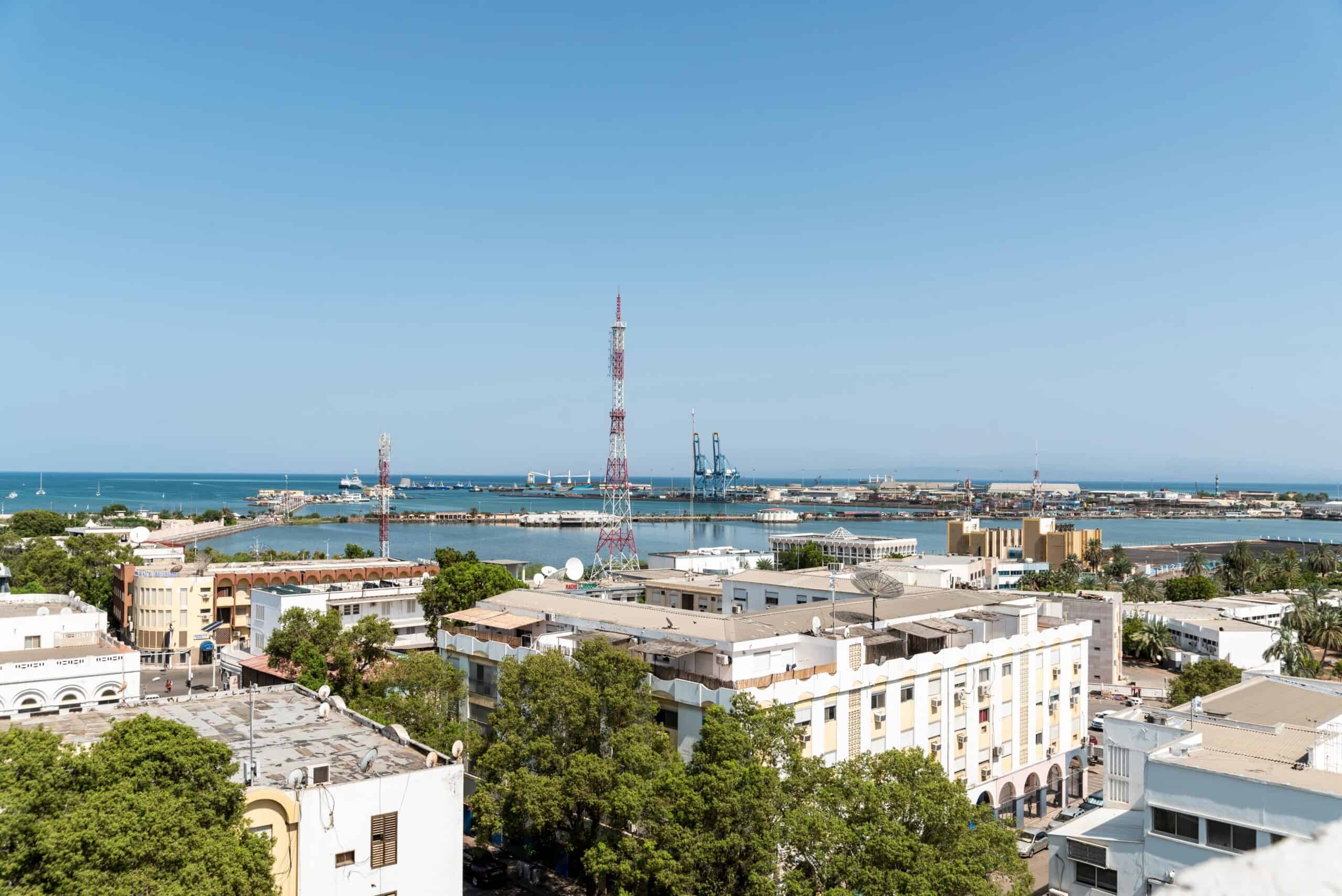
Djibouti, located in the Horn of Africa, is often bypassed by tourists. Its harsh climate and lack of major attractions are factors in its low tourist numbers. However, Djibouti offers unique landscapes, including Lake Assal, the lowest point in Africa, and the striking limestone formations of Lac Abbé. Its strategic location on the Red Sea also provides opportunities for diving and snorkeling.
Guinea-Bissau
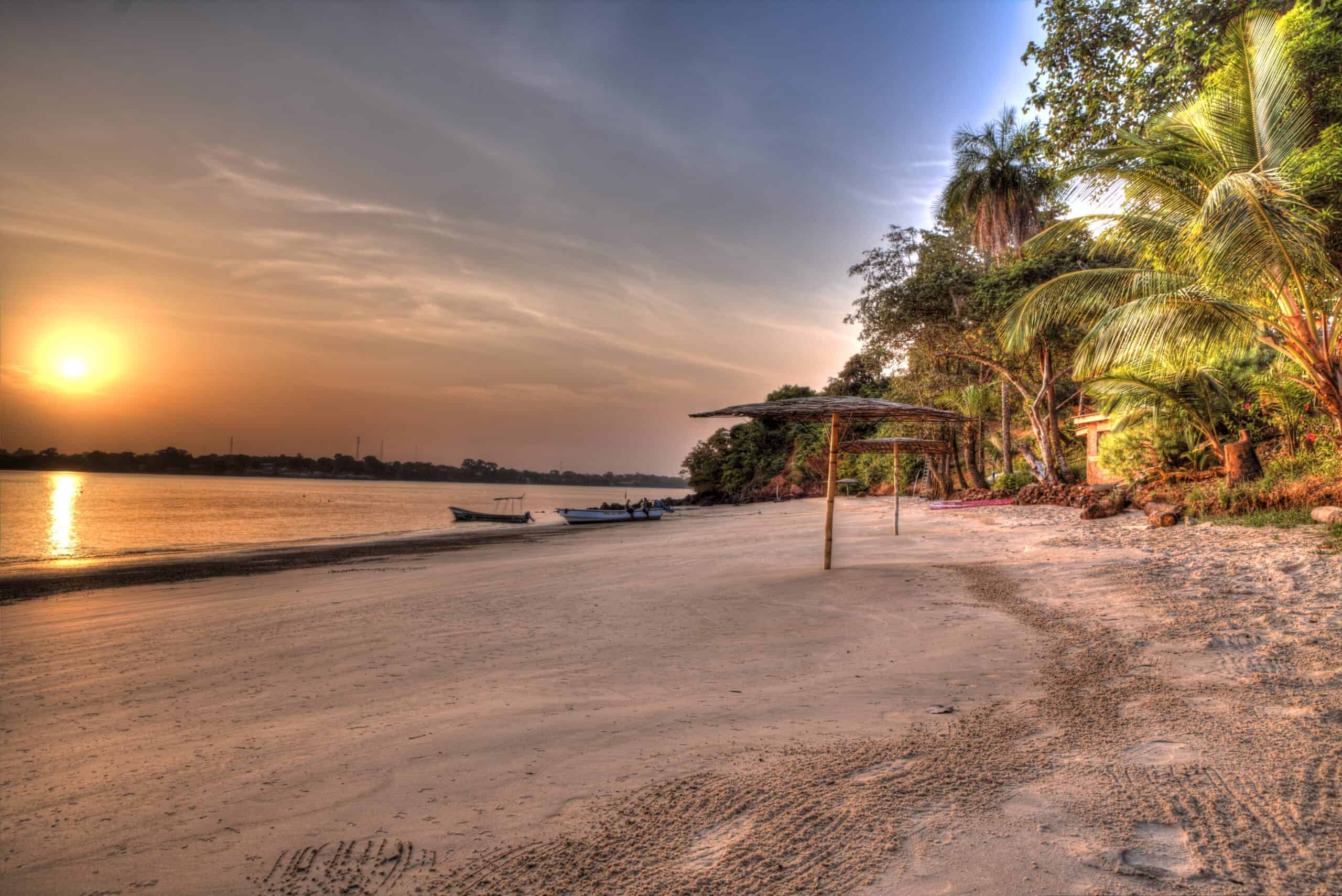
Guinea-Bissau, in West Africa, sees few visitors due to its political instability and limited infrastructure. The country’s Bijagos Archipelago is a UNESCO Biosphere Reserve, offering unspoiled beaches, diverse wildlife, and rich cultural traditions. The mainland is home to vibrant markets and historic sites, providing a unique experience for adventurous travelers.
Timor-Leste
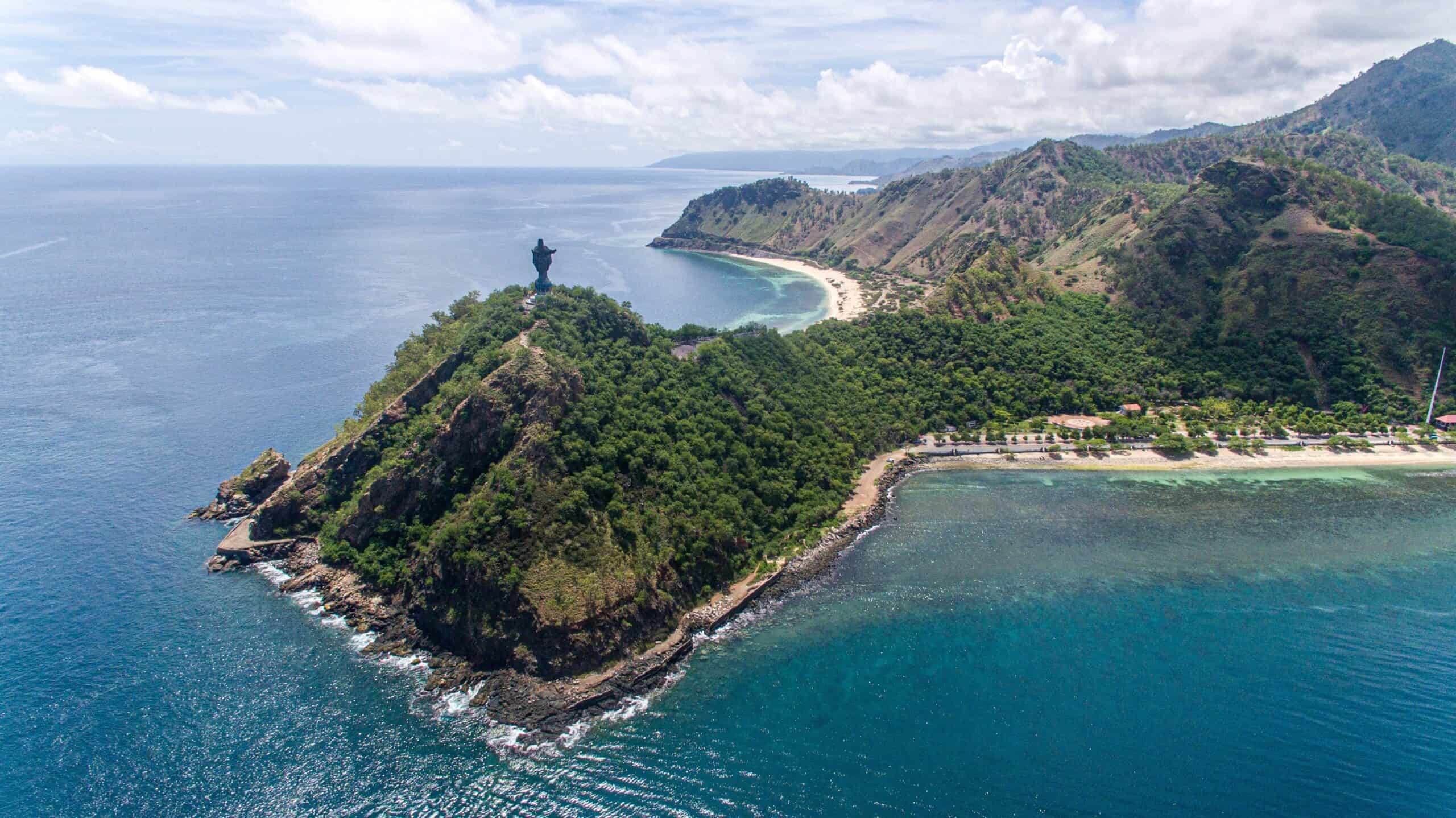
Timor-Leste, or East Timor, in Southeast Asia, remains one of the least visited countries due to its turbulent history and developing tourism sector. The country offers stunning beaches, excellent diving spots, and a rugged interior with scenic mountains. Visitors can learn about its struggle for independence, explore traditional villages, and enjoy the warm hospitality of its people.
Tonga

Tonga, a Polynesian kingdom in the South Pacific, attracts few tourists despite its natural beauty. Its remote location and limited tourism infrastructure are barriers. Tonga offers pristine beaches, vibrant coral reefs, and a rich cultural heritage. Visitors can experience traditional Tongan feasts, watch whales, and explore the islands’ stunning landscapes.
Mauritania
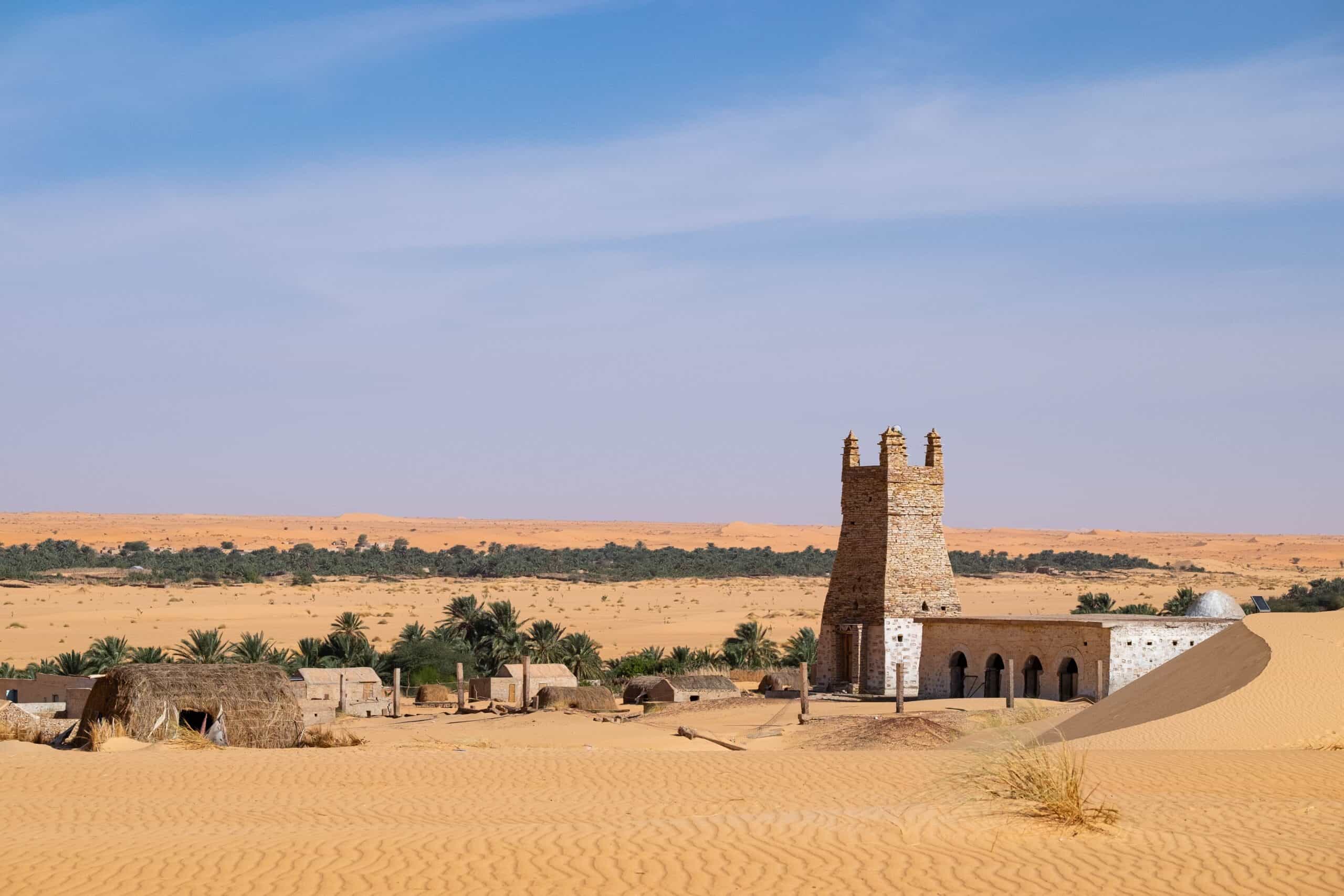
Mauritania, in West Africa, is seldom visited by tourists due to its arid climate and political instability. The country offers vast desert landscapes, ancient caravan towns, and rich cultural heritage. The Adrar Plateau, with its dramatic scenery and historic sites like Chinguetti, provides a unique experience for those willing to explore this off-the-beaten-path destination.
Vanuatu
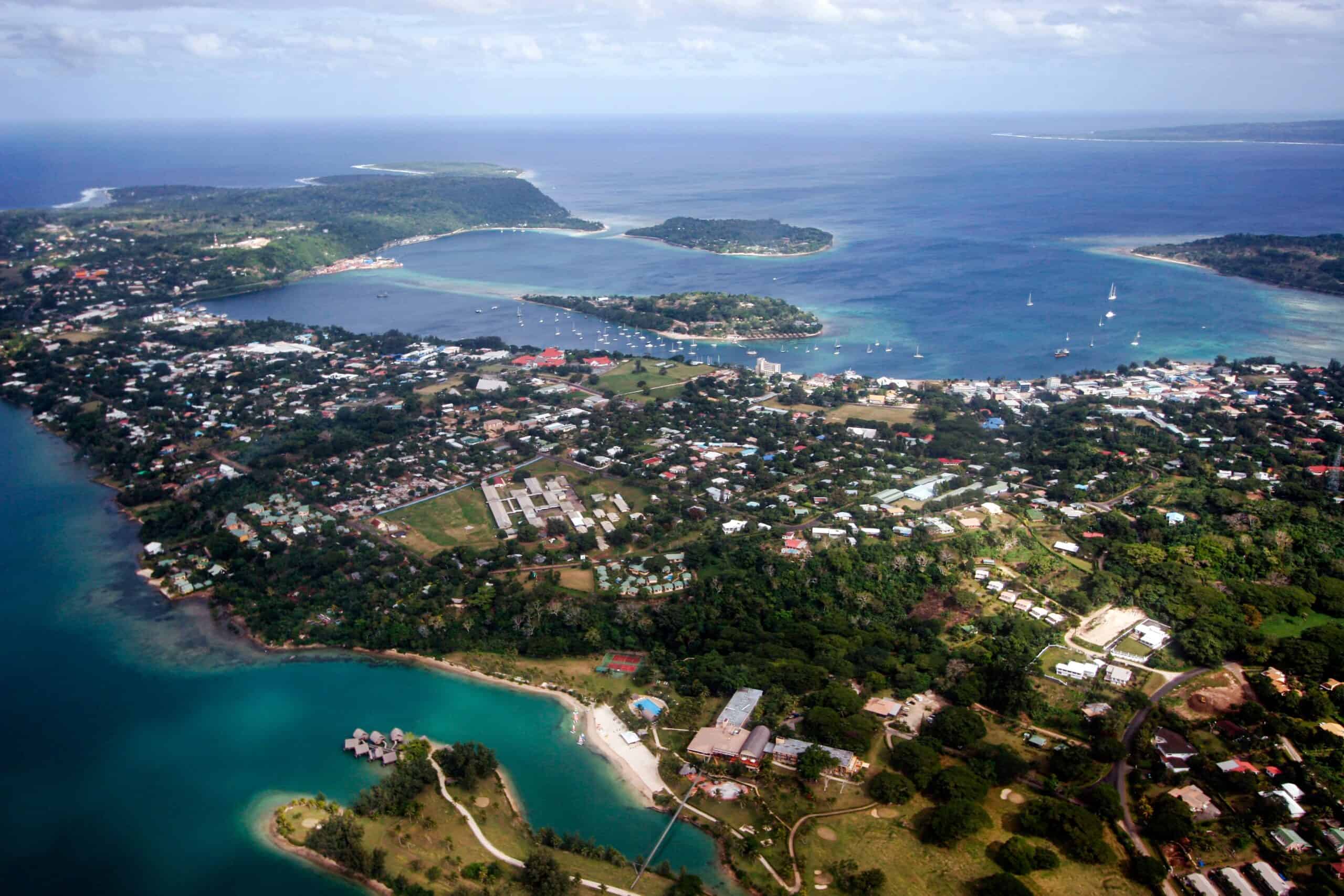
Vanuatu, an archipelago in the South Pacific, remains relatively undiscovered by tourists. Its remote location and lack of large-scale tourism development contribute to its low visitor numbers. Vanuatu offers lush rainforests, active volcanoes, and vibrant coral reefs. Visitors can experience the rich Melanesian culture, enjoy water sports, and explore the islands’ natural beauty.
Eritrea
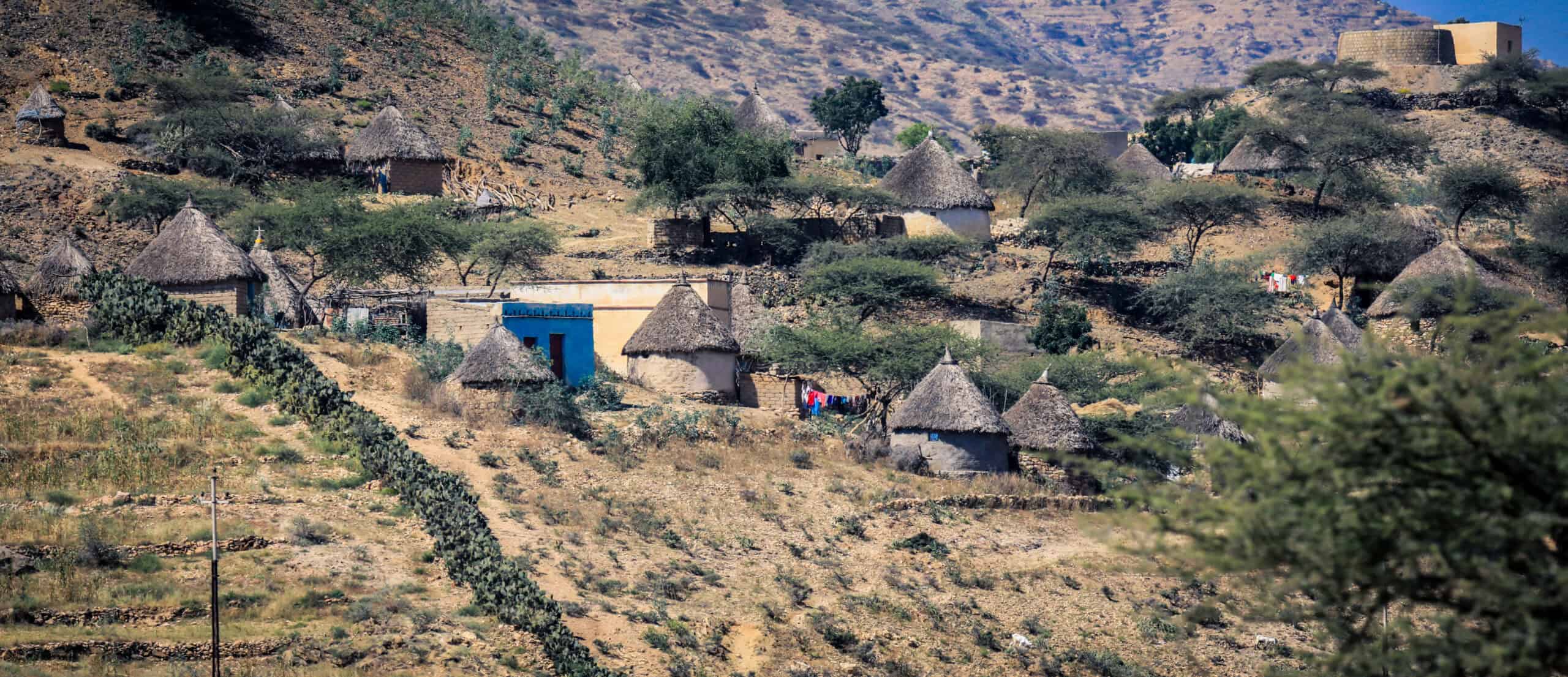
Eritrea, in the Horn of Africa, sees few tourists due to its political isolation and limited infrastructure. The country’s capital, Asmara, is known for its well-preserved Italian colonial architecture and vibrant cultural scene. Eritrea’s coastline along the Red Sea offers pristine beaches and excellent diving spots, while its highlands provide scenic landscapes and historical sites.
Tajikistan
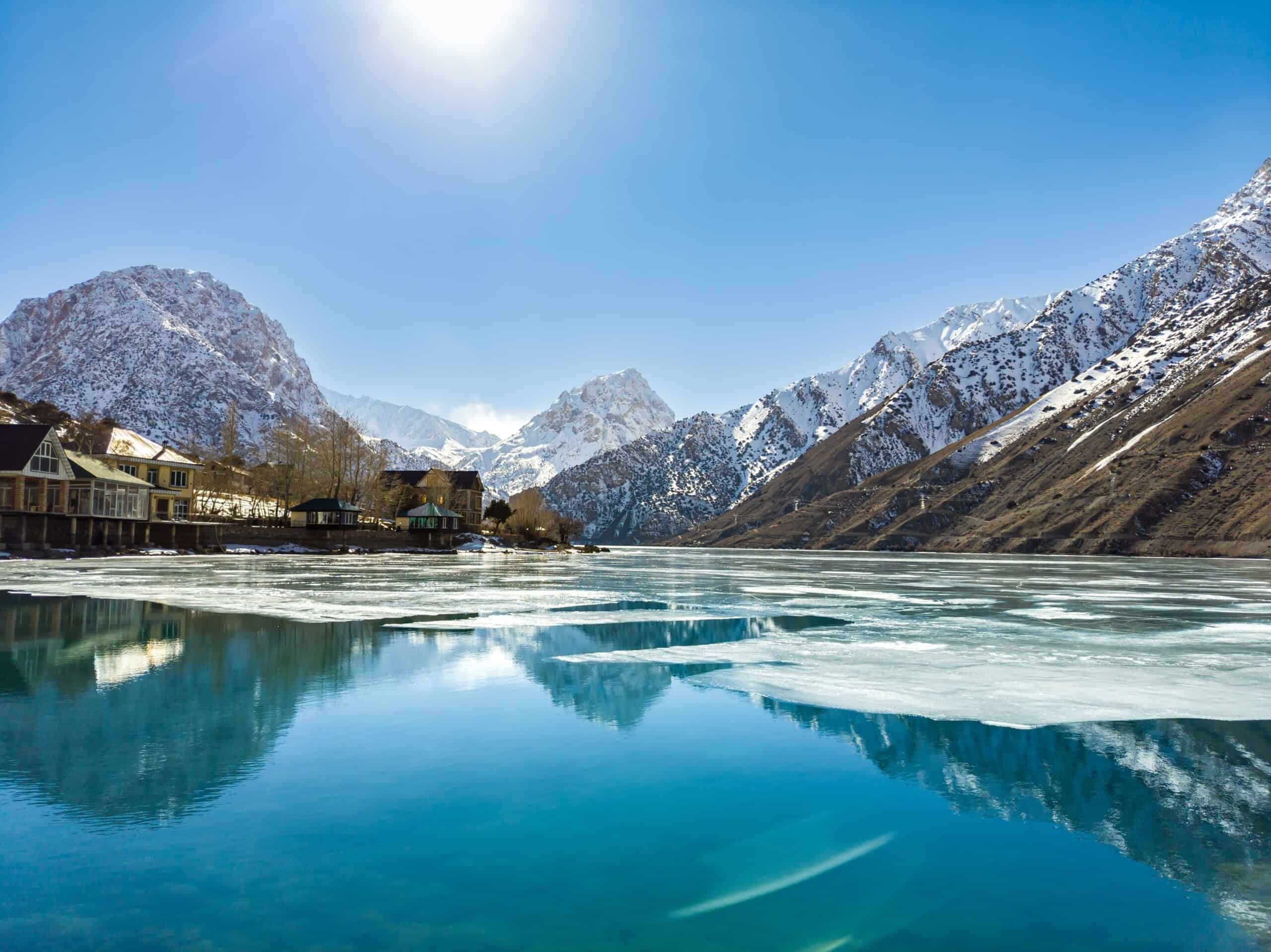
Tajikistan, in Central Asia, is one of the least visited countries despite its stunning landscapes. Its rugged mountains, including the Pamirs, attract adventurous travelers. The country offers rich cultural experiences, ancient Silk Road sites, and warm hospitality. However, its remote location and limited tourism infrastructure keep visitor numbers low.
Bhutan
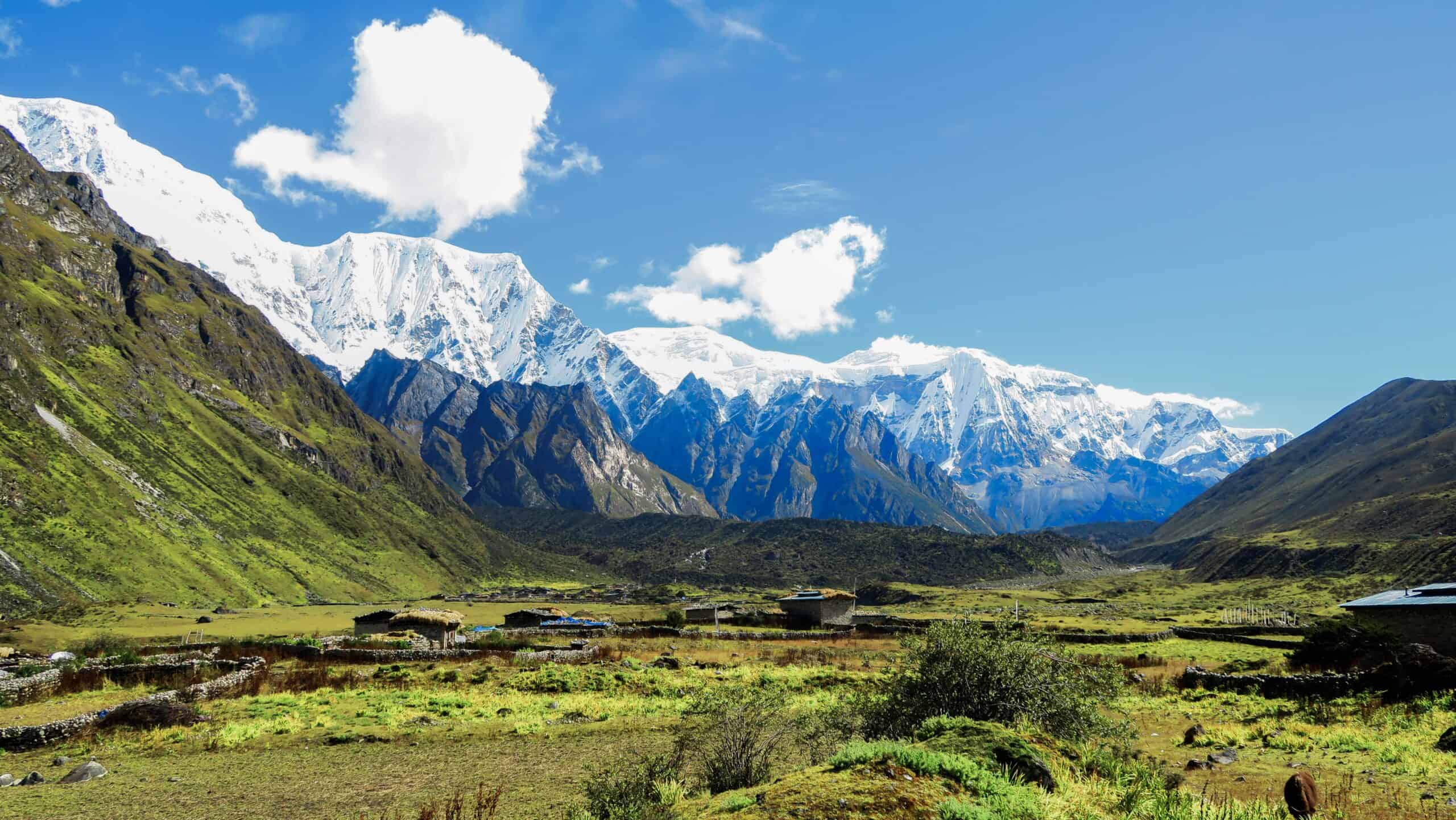
Bhutan, nestled in the Himalayas, restricts tourism to preserve its culture and environment. This approach results in low visitor numbers. Bhutan offers stunning mountain scenery, vibrant festivals, and a unique culture centered around Buddhism. The country’s commitment to Gross National Happiness and sustainable tourism provides a distinctive travel experience.
Suriname
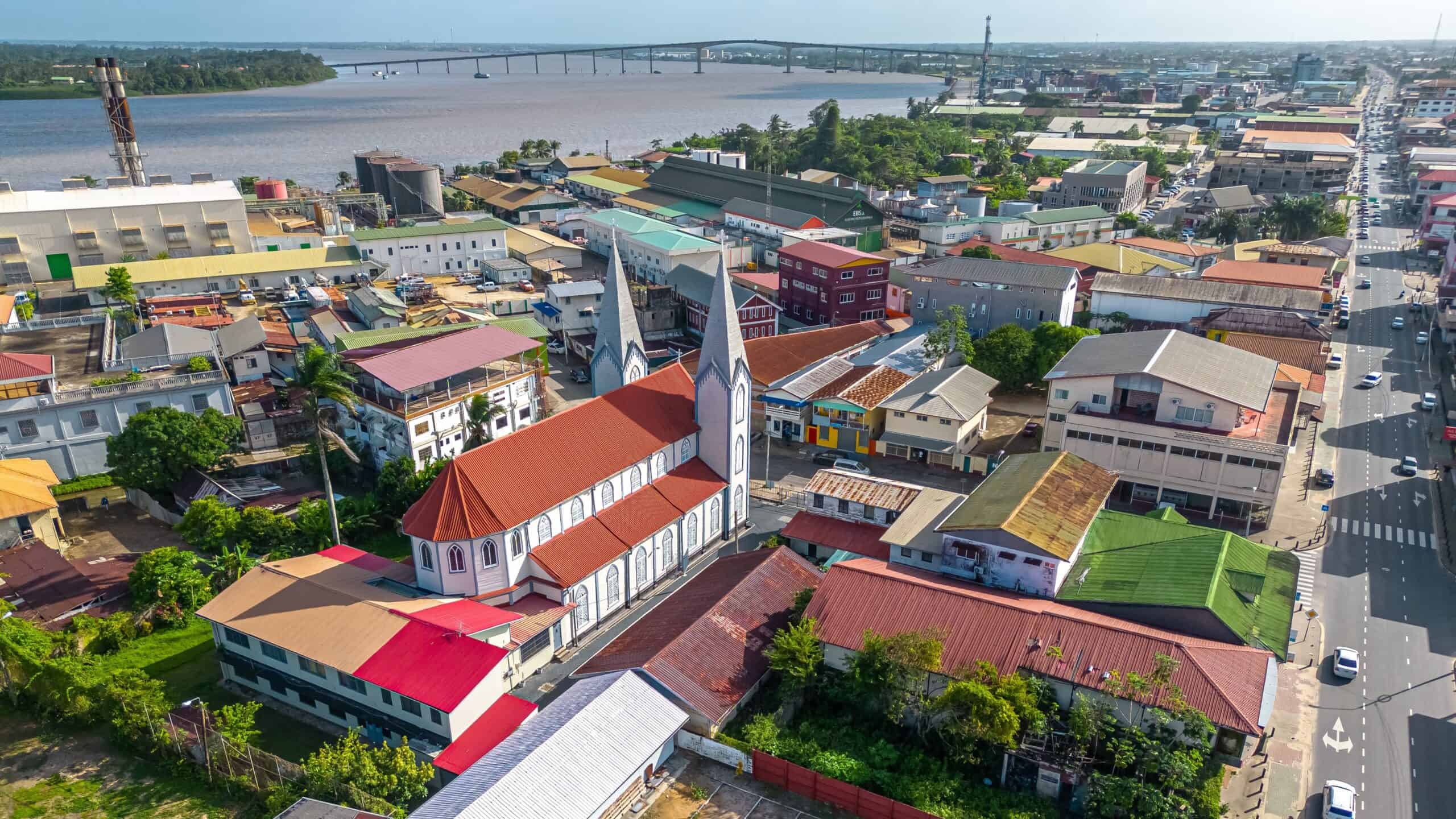
Suriname, in South America, remains off the beaten path for most tourists. Its rich cultural diversity and pristine rainforests are major attractions. The capital, Paramaribo, features colonial architecture and vibrant markets. Eco-tourism opportunities abound in Suriname’s interior, where visitors can explore the Amazon rainforest, encounter diverse wildlife, and learn about indigenous cultures.
This article originally appeared on Rarest.org.
More From Rarest.Org
Like any sport, golf has a broad range of enthusiasts who appreciate the intricacies of the game. They look at the best courses, irons and, of course, the golf balls. Read more.
Cruise ships are synonymous with luxury and opulence, offering travelers a floating paradise with unparalleled amenities and experiences. While there are numerous cruise ships sailing the seas, some stand out for their sheer extravagance and price tags that reflect their exclusivity. Read more.
Inventions have always played a crucial role in shaping human civilization, transforming the way we live, work, and interact with the world around us. From the printing press to the smartphone, these groundbreaking innovations have driven progress and sparked new eras of discovery and advancement. Read more.



